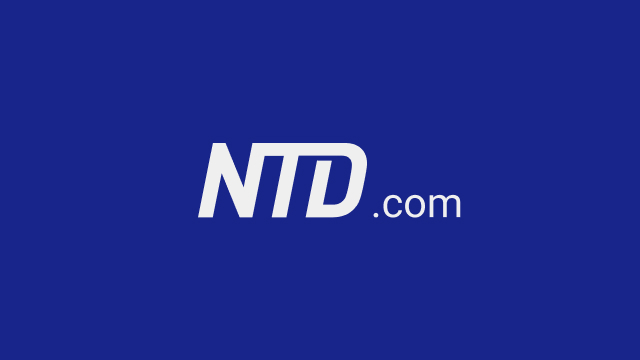In designating ‘fake news’ sites, tech giants trigger concerns of censorship
Online giants including Facebook and Google have started cracking down on what they consider “fake news.” Online advertisement services, including some beyond those owned by Google and Facebook, are rejecting ads for news outlets that are deemed to violate rules on “hate speech.” Twitter has also begun to ban accounts of users it associates with the vaguely defined group of anti-establishment conservatives defined as the “alt-right.”
Just following the election, a large swath of news outlets—including The New York Times, Buzzfeed, Fortune, and others—began publishing stories on how “fake news,” mainly on Facebook, allegedly helped Donald Trump win. They began pointing to a list of trusted and fake news sites, published by Melissa Zimdars, an assistant professor of media studies in Merrimack College in Massachusetts.

The list, which has since been edited to remove names of media outlets, claimed that “fake news” sites included Project Veritas—which had published videos that exposed backroom dealings in the Clinton campaign during the election—along with other often right-leaning websites including WND, Zero Hedge, Breitbart, Daily Wire, and others.
Facebook CEO Mark Zuckerberg initially responded to the reports by saying, according to Fortune, “I think the idea that fake news on Facebook—of which it’s a very small amount of the content—influenced the election in any way is a pretty crazy idea.”
Facebook soon followed on Nov. 14 by banning “fake news” websites from its advertising network, and Zuckerberg announced on Nov. 19 that he was weighing other options. These could include, he said, labeling stories flagged as fake, changing ad policies to deny money to sites with fake content, and bringing in third parties to fact check organizations.
Google made a similar move and also announced on Nov. 14 it would ban “fake news” sites from using its advertisement network. It said, according to Reuters, “Moving forward, we will restrict ad serving on pages that misrepresent, misstate, or conceal information about the publisher, the publisher’s content, or the primary purpose of the web property.”
Twitter also took action. It said it would crack down on hate speech, and began banning accounts of people tied to the “alt-right,” including many prominent alt-right accounts.
Many of the sites labeled as “fake news” fired back, claiming they were being censored. Former Congressman Ron Paul (R-Texas) released his own list of 13 outlets that he said carried “fake news” and listed major outlets including The New York Times, CNN, and Politico that emails released by WikiLeaks showed had colluded with the Clinton campaign.
Read the full article on Epoch Times
Featured image credit: Chris Jackson/Getty Images

